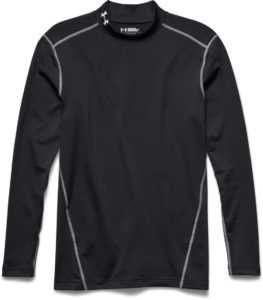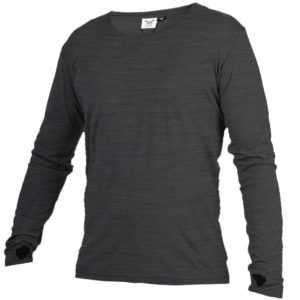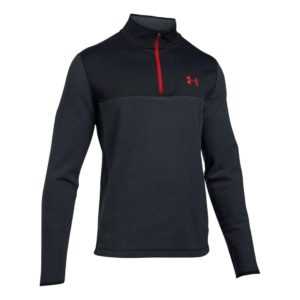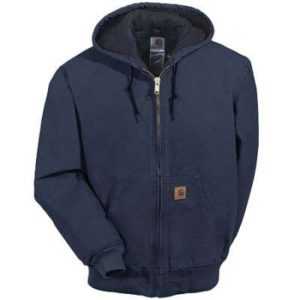Your base layer is the first layer which hugs your skin and wicks away perspiration – SWEAT. You must get this layer correct in order to stay warm in all conditions. This layer should have insulation properties but more importantly moisture wicking properties. Ideal base layers are merino wool, silk, polypropylene and other various synthetic fibers. Outdoor enthusiasts tend to choose wool over synthetics for their base layers. Wool insulates better than other materials and is more comfortable. Cotton is not to be used as a base layer because it absorbs and retains water and perspiration. Even if you layer properly with a cotton base layer you will remain wet and cold. Depending on the temperature, light-weight, mid-weight, and heavy-weight layers are an option.
Your mid layer should be thicker than your base layer to provide your body with insulation. Its intent is to trap the warmth of your body. Make sure your clothing fits well or warm air will escape. Typically a mid-layer is a fleece or wool thick layer. Tucking in your layers will help prevent heat loss as well!
Your outer layer is going to be your thickest and warmest layer. It provides the most insulation. An outer layer may be a heavy fleece, a down jacket, soft shell, or ski jacket. A light down sweater style jacket that is highly compressible offers the best warmth-to-weight ratio. If you plan on this being your final layer make sure that it is a water-proof, wind-proof, and breathable material.
The outer shell is the last layer you may consider over the outer layer. It serves as a wind, rain, and snow barrier. Its primary function is to protect you from the elements when conditions take a turn for the worse. The two most common shells offered are hard and soft. A soft shell will be more flexible and breathable, may be water-resistant, but is not waterproof. Some soft shells come with a laminated windproof membrane, others don’t. A hard shell will be both waterproof and windproof but is not as breathable. The conditions you plan on working in will determine what is appropriate. If sustained rain/snow conditions occur, there is no replacement for a waterproof hard shell.




